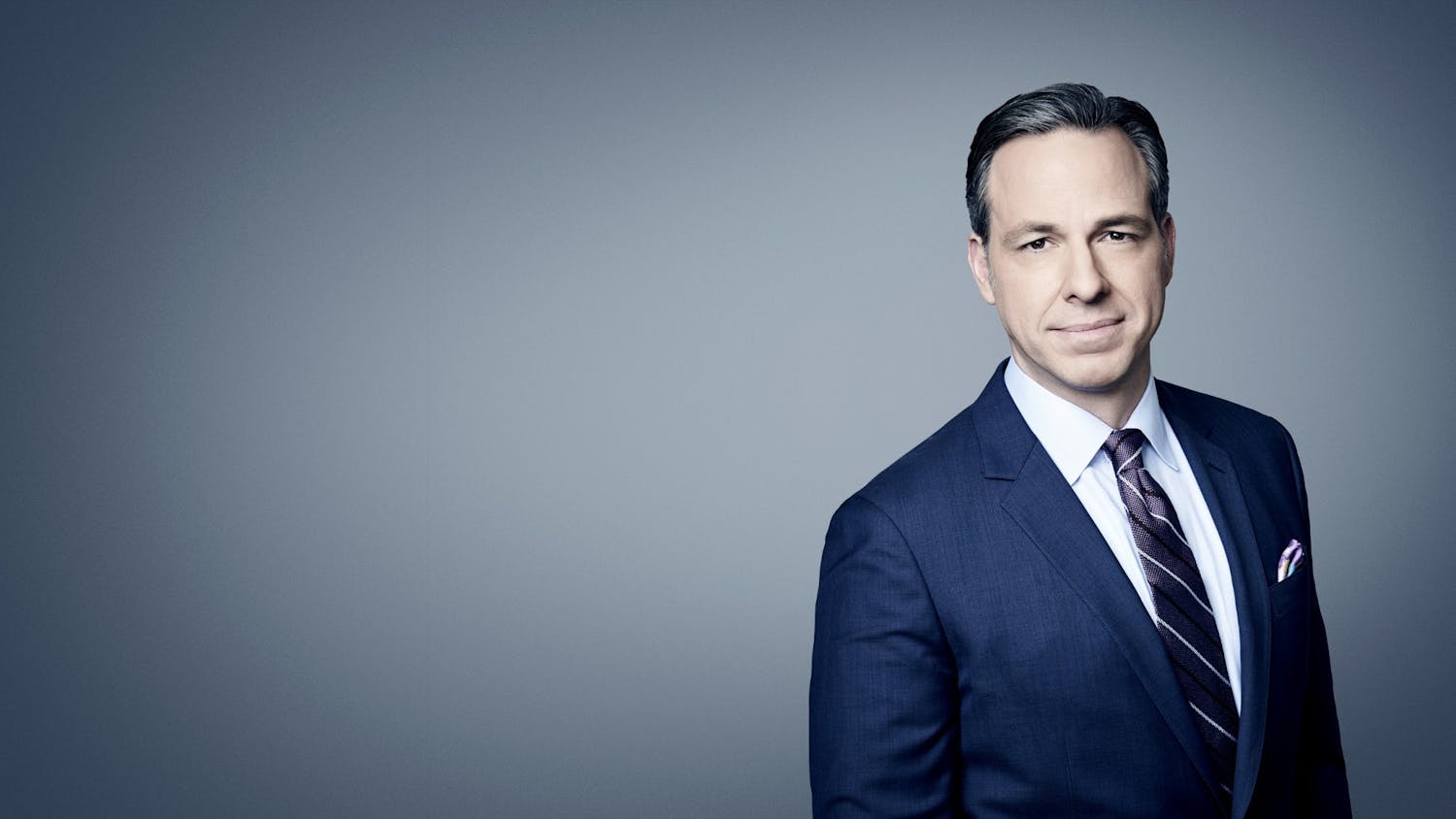At the core of the news media industry, like any business, is the drive to turn a profit. And from the advent of radio through the boom in social media, news companies have learned that sensationalism sells. Sensationalizing the news and allowing viewers to dictate what should and shouldn't be covered draws in more profits than traditional, objective reporting. While complaints of different news outlets having a liberal or conservative bias are commonplace, it is important to acknowledge that the media operates under a system that rewards sensationalism.
News outlets across the political spectrum have a “viewership bias.” This means that news companies augment their broadcasts to attract the largest audience, using ratings as a means of determining what audience preferences are and adjusting the coverage accordingly. So, in turn, the largest contributing factor to what the news looks like, both in terms of what gets covered and how the coverage is presented, is our own preferences.
For example, primetime shows such as MSNBC’s “The Rachel Maddow Show” and CNN’s “Cuomo Prime Time” cover a rather small range of topics that have been proven to consistently receive good ratings, including Trump-related scandals, the crisis at the border, and updates about politicians and the presidential race.
Yet, the disparity in the ratings of shows that consistently cover only a narrow range of topics, and those that address broader issues, reveals why networks choose to laser-focus their coverage. A daytime show like CNN’s “Fareed Zakaria GPS” discusses a wide variety of topics that generally fall outside of the scope of those regularly covered by primetime shows, such as abortion, climate change and gun control. However, GPS does not garner the same audience that shows like “The Rachel Maddow Show” or “Cuomo Prime Time” — which draw an audience more than twice the size of GPS’s. Granted, this rating disparity is largely due to the fact that Zakaria’s show and those of Maddow and Cuomo are in very different time slots, with GPS holding a much less competitive, once-a-week morning time slot compared to Cuomo’s and Maddow’s nightly slot. However, this begs the question of why the shows are in those slots to begin with.
Why each show is in its given time slot has a lot to do with how they cover the news. A Pew Research study found that there is a disparity between the amount of edited segments that daytime and evening news shows cover, with evening shows featuring more pre-recorded, edited segments relative to daytime shows, which feature more coverage of live, breaking events. Moreover, the study also found that evening shows feature 15% more opinion-based reporting than morning shows.
These findings align with the difference in topics that Zakaria’s show compared to Cuomo’s and Maddow’s cover. The limited scope of topics that Cuomo and Maddow cover don’t lend themselves to live coverage, as they aren’t necessarily “breaking news” and are covered frequently. As such, these segments are best being produced in edited package form and feature more opinion since the facts of the topics don’t differ much from day to day.
The reasoning for this difference between daytime and primetime coverage can be explained by the fact that audiences tend to find less factual, more dramatized stories more interesting than more factual news coverage that touches on a variety of topics. Topics such as White House scandals and the interpersonal drama between politicians can read like the plots of television dramas.
Although sensational news may be entertaining, it leads to viewers being less well-rounded in their knowledge of issues. While I acknowledge that news can be both entertaining and informative, the breadth and depth of that information shouldn’t suffer as a result of news shows catering to their audience’s preferences. After all, the most valuable purpose that news serves is that it helps create a more informed public. Yet, it is hard to argue that this trend is solely the responsibility of news companies to solve considering that the rise of sensationalistic coverage is the result of news companies reflecting our own preference for such coverage back at us.
We as viewers must be conscious of the ways in which we influence the media we consume. We are not just passive listeners, readers or viewers, but also in a sense contributors to the production process. By dedicating our attention to a given broadcast, we are expressing our satisfaction and encouraging its perpetuation. If we want news coverage that is objective and prioritizes in-depth, investigative journalism rather than sensational, superficial reporting, we have to put our money where our mouth is and seek out news coverage that meets those criteria.


